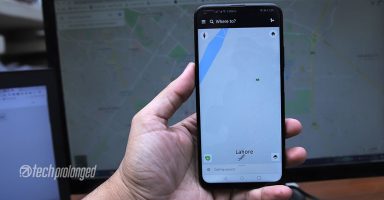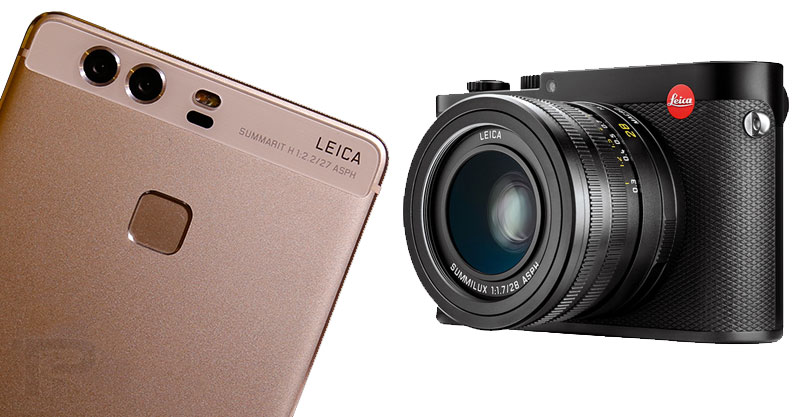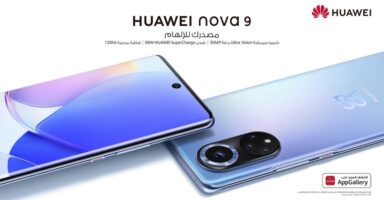Before the United States blacklisted Huawei mid-last year, the Chinese tech giant was threatening Samsung and Apple at the top two spots. If there was no blacklist, the year 2020 was already being considered for Huawei as the top contender in the smartphone business. Things changed drastically and Huawei found itself alone coming up with its own strategies and alternatives.
Google Mobile Services (GMS) was the key element for the company that also got restricted by the U.S. government. The company started campaigning its own Huawei Mobile Service (HMS) but it lacked the beauty of GMS that hold the global consumers tightly on the Android platform – YouTube and Google Maps. Though YouTube can be installed and be used on non-licensed Android builds, users can’t sign in to Google network to have a customized experience. But the major thing of the two is Google Maps, which does not work at all on Android builds that are not licensed by Google.
Huawei recently stunned its users by announcing the HERE WeGo maps. The company has released the app with the navigation capability on its proprietary AppGallery. Though the app and its user experience are really commendable, the map data is something that would describe its popularity in global regions. Simply it’s not usable in Pakistan and many other countries.
We have covered this mapping and navigation solution since the days when it was a property of NAVTEQ and used to be part of Nokia devices. It became the property of Nokia and went through different brandings that include OVI and Nokia Maps. The solution powered the millions of Nokia devices running Symbian platform later followed on Windows phones. When the things were messed up at Nokia, various of its properties stumbled. Some got their own routes and some stood alone.
The mapping and navigation solution that had already rebranded as HERE maps at the Microsoft later ended up with another name – HERE WeGo. The name that currently holds the solution is now owned by multiple high-end companies. In addition to the availability of the solution on Android and iOS devices, it delivers top-notch services for in-vehicle navigation systems and brands.
As I said, we have covered the solution for a long time, the base solution once was seen to have street-level maps of urban cities in Pakistan. We also expected its navigation services to be available in the country then-sooner but they never appeared publicly. Now when the solution has gone through a very bumpy road in recent years, it’s still not worthy as an alternative to Google Maps in many countries including Pakistan.
There are better alternatives in Pakistan though. Waze or Sygic; if you are using a Huawei smartphone without Google Maps, give these two a serious try.



